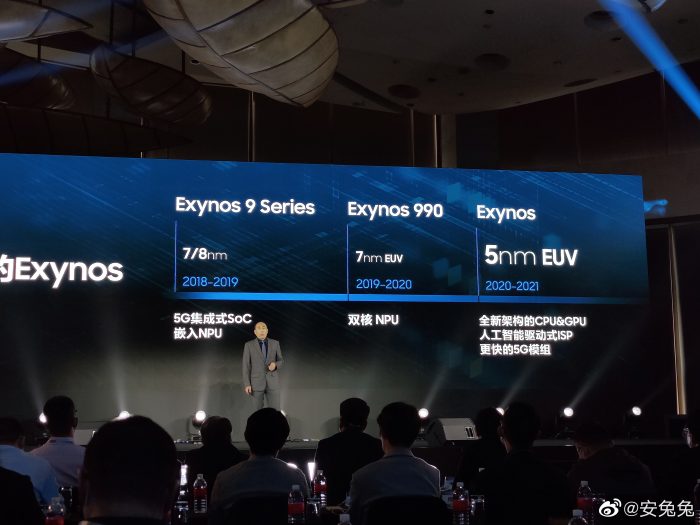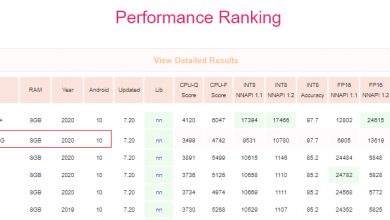Today, Samsung finally released the Exynos 1080. As the company mentioned, the Exynos 1080 chipset is a significant upgrade over its predecessor.
The Exynos 1080 is an octa-core chipset based on a 5nm EUV process. The EUV stands for Extreme Ultra-violet Lithography, which means that the chipset has been built using ultraviolet rays. It consists of four Cortex-A78 performance cores and four Cortex-A55 energy-saving cores.
Some key specs of the chipset are the following:
- Cores: 1x Cortex-A78 core (2.8GHz) + 3x Cortex-A78 cores (2.6GHz) + 4x Cortex-A55 cores (2.0GHz)
- GPU: Mali-G78 MP10 (2.3 times more powerful than predecessor)
- Modem: 5G NR Sub-6GHz 5.1Gbps (DL) / 1.28Gbps (UL)
- Connectivity: Bluetooth 5.2, Wi-Fi (802.11ax), FM Radio
- GNSS: GPS, GLONASS, BeiDou, Galileo
- Camera: Single-camera Up to 200MP, Dual-camera 32MP+32MP
- Video: 4K 60fps encoding and decoding with HEVC(H.265)/H.264/VP8/VP9
- Display: WQHD+ 90Hz Refresh Rate, FHD+ 144Hz Refresh Rate
- Storage: UFS 3.1
- RAM/Memory: LPDDR5 & LPDDR4x
According to the chipset specifications, it may beat other company flagship chipsets like Qualcomm’s Snapdragon 865+ and Mediatek’s Dimensity 1000+. The chipset has already beat Snapdragon 865+ on the AnTuTu Benchmark.
As the company claims, the single-core performance increases by 50% while the multi-core performance is doubled. Moreover, Vivo will be the first brand to use this chipset in its smartphones. The chipset may be featured in the upcoming Vivo X60 series.
The Exynos 980 was built on 7nm, but Samsung is using a 5nm process this time. Currently, we cannot say anything about how the chipset will perform after being featured on the phone.







